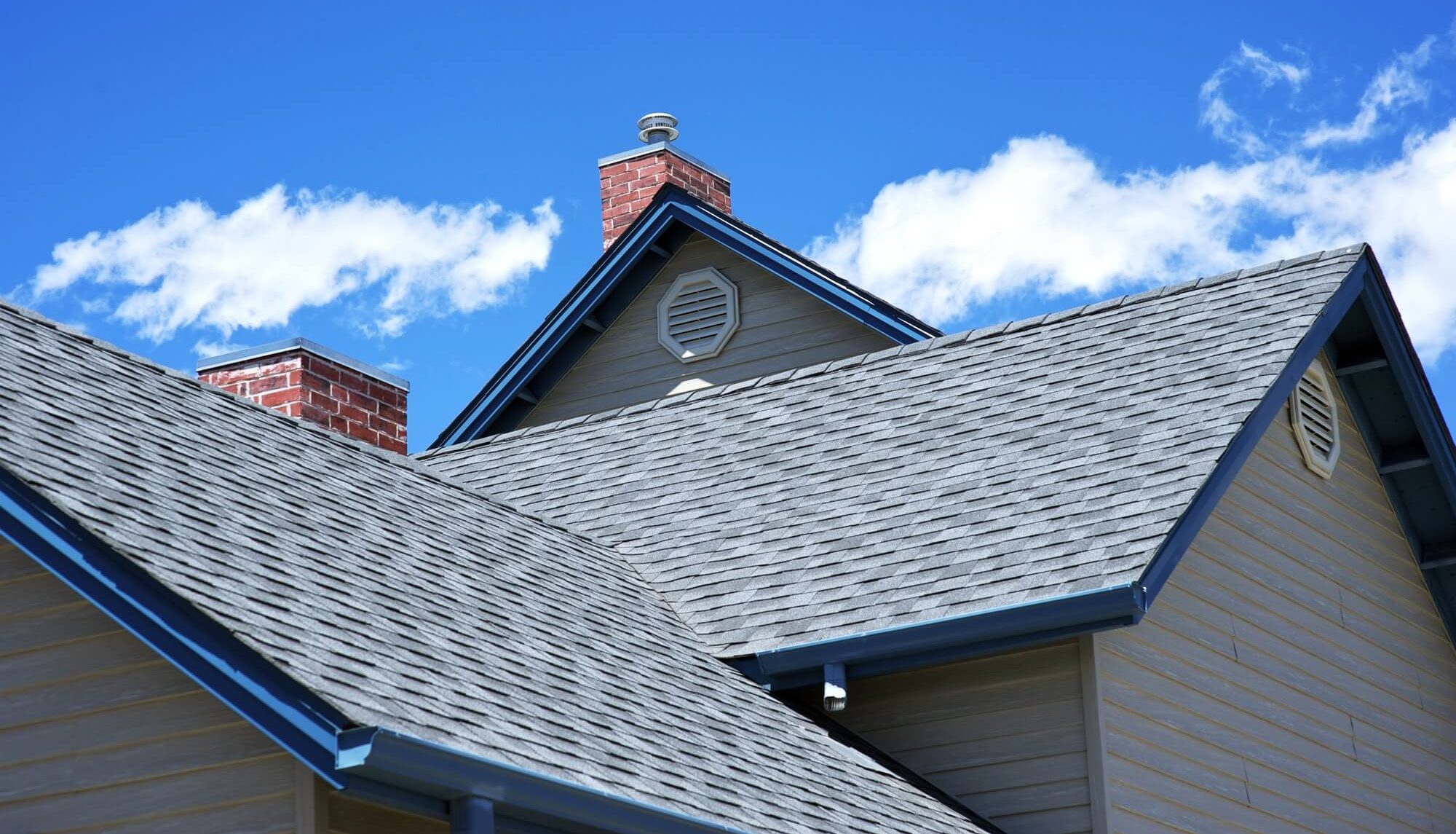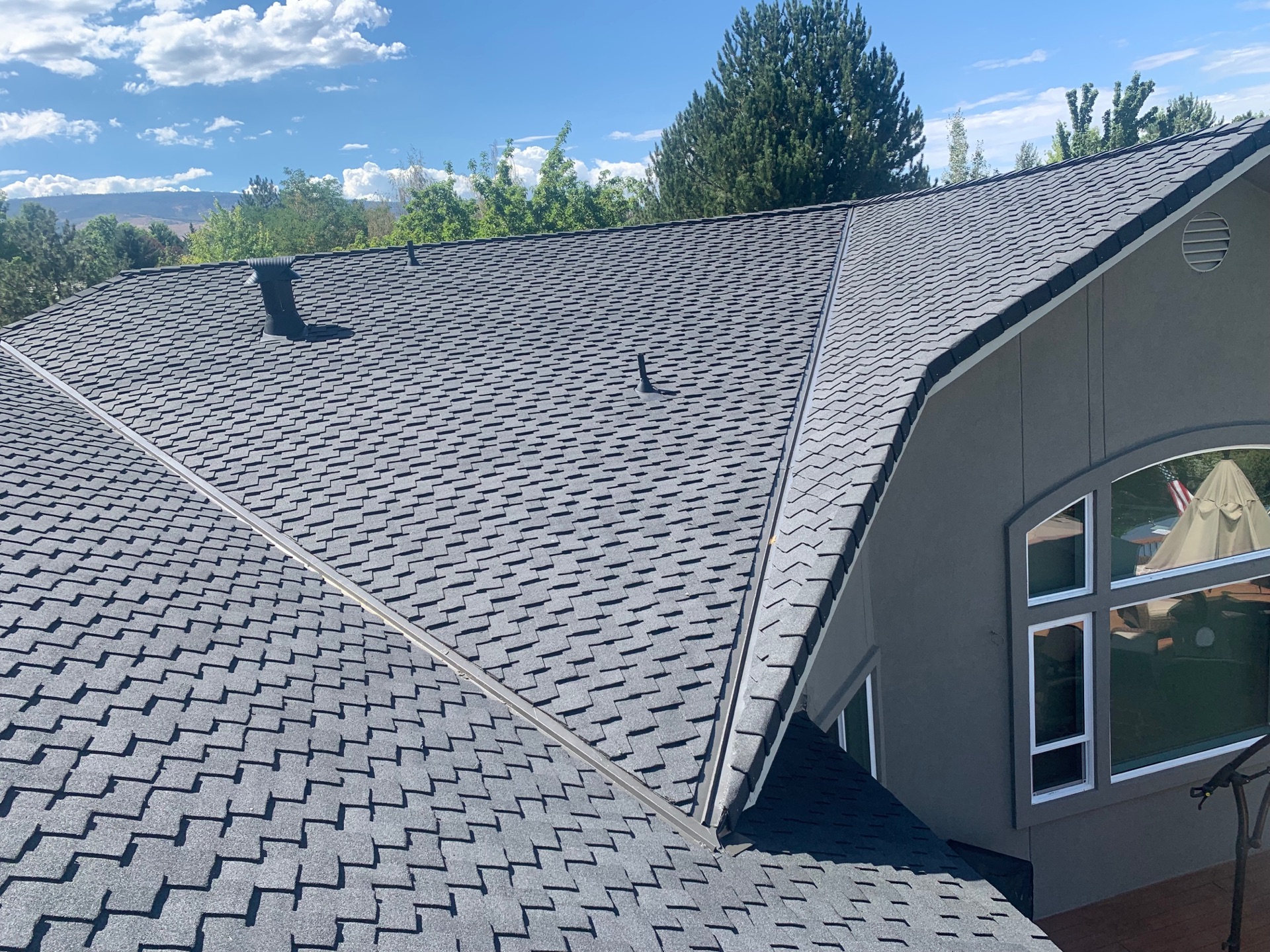Step-by-Step Overview to Discovering the Right Roofing Companies in Gainesville
Step-by-Step Overview to Discovering the Right Roofing Companies in Gainesville
Blog Article
Ideal Practices for Ensuring Appropriate Roof Air Flow
A well balanced consumption and exhaust vent ratio, commonly 1:300, plays an essential role, with intake vents preferably placed at the lower edge of the roof for awesome air entry and exhaust vents at the top for cozy air departure. Keeping insulation away from vents is essential to avoid air movement constraint.
Understand Air Flow Essentials
Properly recognizing air flow fundamentals is essential for guaranteeing the long life and efficiency of roof covering systems. Effective air flow reduces wetness build-up and temperature level extremes in the attic, both of which can cause substantial architectural damages gradually. A well-ventilated roof assists in protecting against usual concerns such as mold and mildew growth, wood rot, and ice dams, which can jeopardize the honesty of the roof products and the underlying structures.
The main objective of air flow is to help with the activity of air, enabling a consistent exchange in between the outdoor and interior environments. This equilibrium is accomplished through a mix of consumption and exhaust vents that interact to preserve optimum air flow. Intake vents, commonly situated along the soffits or eaves, allow fresh air to go into the attic room room, while exhaust vents, typically positioned at or near the roofing ridge, enable warm, moist air to run away.
Trick variables influencing the performance of roof air flow consist of proper positioning, adequate sizing, and making sure that both intake and exhaust vents are unobstructed. Routine examination and upkeep are essential to recognize potential clogs, damage, or ineffectiveness in the ventilation system, consequently protecting the roof's efficiency and resilience.
Types of Roof Vents
Roof vents play a crucial function in keeping effective attic room air flow and, by expansion, the general wellness of the roofing system. Numerous kinds of roof vents are offered, each with distinct benefits tailored to specific roof covering requirements.

Soffit vents are installed under the eaves and operate in tandem with roof covering vents to make certain a well balanced consumption and exhaust system. By enabling cooler air to go into from below, soffit vents assist in the expulsion of warm air through upper vents. Gable vents, situated on the exterior wall surfaces of the attic, offer one more reliable option, especially in homes with gable roofs.
Analyze Your Current Ventilation

Next, consider the age and condition of your roof covering products and air flow components. Older systems may not abide with present structure codes or may have weakened over time, reducing their performance. Conduct a comprehensive examination to recognize any type of indicators of wear use this link and tear, such as corrosion, damages, or spaces that might compromise the system's performance.
Additionally, gauge the attic temperature level and moisture levels. High temperatures and humidity can show poor ventilation - gainesville roofing companies. Make use of a hygrometer and thermostat to obtain precise analyses, contrasting them with outdoor conditions. Persistent disparities recommend possible concerns that need addressing.
Setup Best Practices
Effective installation of roofing air flow systems is critical for making sure ideal efficiency and longevity. Appropriate setup starts with recognizing the specific air flow needs of the roofing system and the building it covers. This involves calculating the correct proportion of consumption to exhaust vents, usually adhering to the 1:300 regulation, which states one square foot of ventilation for every single 300 square feet of attic floor area.

Intake vents need to be set up at the roofing's reduced edge, usually in the soffits, to allow amazing air to get in. Exhaust vents, on the various other hand, should be mounted near or at the roofing's optimal to facilitate the exit of warm, moist air.
Seal all vent links thoroughly to avoid air leakages and potential water seepage. Use premium products and adhere to supplier standards to ensure sturdiness and performance. In addition, integrating ridge vents with baffles can dramatically boost air movement effectiveness by preventing wind-driven rain and snow from going into the attic room.
Inevitably, specific setup of roofing air flow systems minimizes prospective concerns such as mold and mildew development, ice dams, and structural damage, guaranteeing the roof covering's stability and the structure's overall wellness.
Normal Maintenance Tips
Uniformity in upkeep methods is fundamental to guaranteeing the long-lasting performance of roof ventilation systems. Regular examinations are vital, preferably carried out biannually-- in the springtime and fall. During these evaluations, make sure that vents are totally free of particles, nests, and various other blockages that might hamper airflow. Look for any kind of More hints indications of wetness buildup or mold and mildew, as these can indicate inappropriate ventilation or leaks (roofing companies).
Make use of a soft brush or a vacuum to remove dirt and particles from intake and exhaust vents. Be cautious not to harm the air vent displays or louvers during the procedure.
Appropriate insulation is just as important. Make sure that attic room insulation does not block the vents, as this can seriously limit airflow. If any type of insulation has actually moved or worked out, reposition or replace it to keep an effective barrier.
Last but not least, change any type of harmed or missing out on components without delay. Busted vents, fractured roof shingles, or worn-out blinking can all contribute to insufficient ventilation and should be resolved without hold-up. Regular maintenance guarantees that the roof air flow system functions ideally, thus prolonging the life expectancy of the roof itself.
Verdict
Ensuring appropriate over at this website roof covering ventilation is vital for maintaining the effectiveness and longevity of a roofing system. Adherence to the 1:300 intake and exhaust air vent ratio, combined with the critical placement of vents, is crucial. Regular semiannual evaluations, particles cleansing, and making sure insulation does not obstruct air flow are crucial practices. Applying these finest techniques will certainly cultivate a well-ventilated roof, thereby reducing potential issues connected to moisture accumulation and too much heat, inevitably extending the roof's lifespan.
A well balanced intake and exhaust vent proportion, commonly 1:300, plays a crucial function, with consumption vents ideally placed at the reduced side of the roofing system for cool air entrance and exhaust vents at the optimal for cozy air leave. Intake vents, normally situated along the soffits or eaves, permit fresh air to enter the attic room area, while exhaust vents, often positioned at or near the roofing ridge, make it possible for warm, moist air to run away.
Soffit vents are set up under the eaves and job in tandem with roof covering vents to make sure a well balanced consumption and exhaust system. By permitting cooler air to get in from below, soffit vents assist in the expulsion of warm air with top vents. Adherence to the 1:300 consumption and exhaust air vent ratio, coupled with the calculated positioning of vents, is crucial.
Report this page